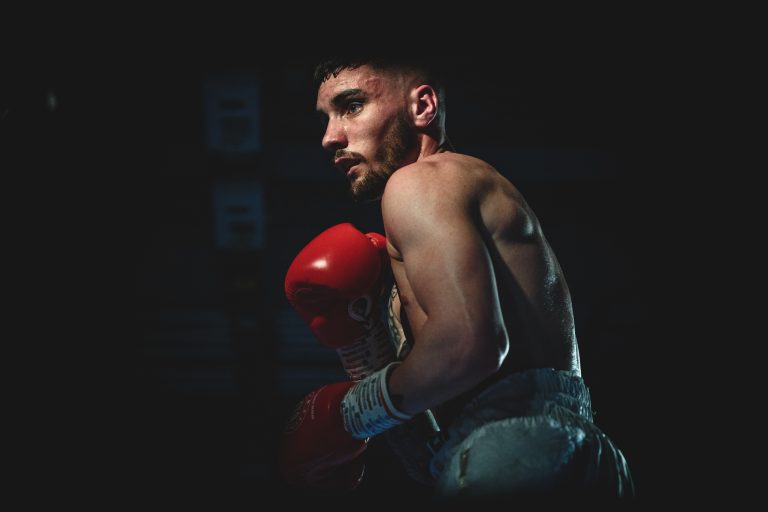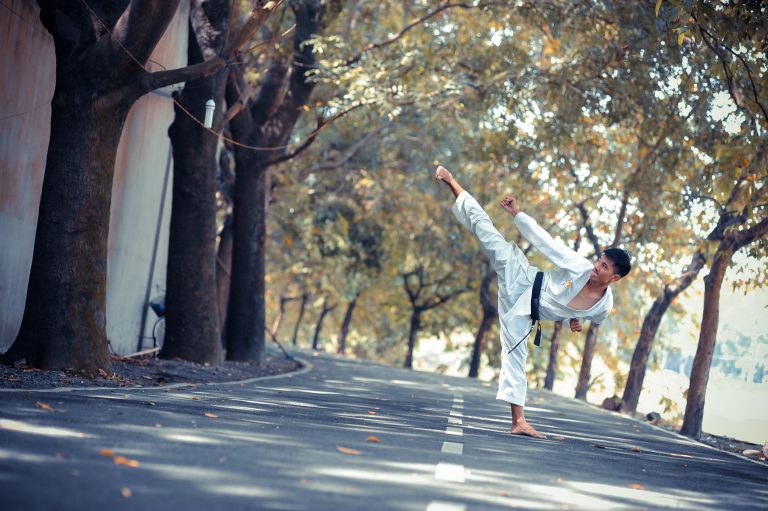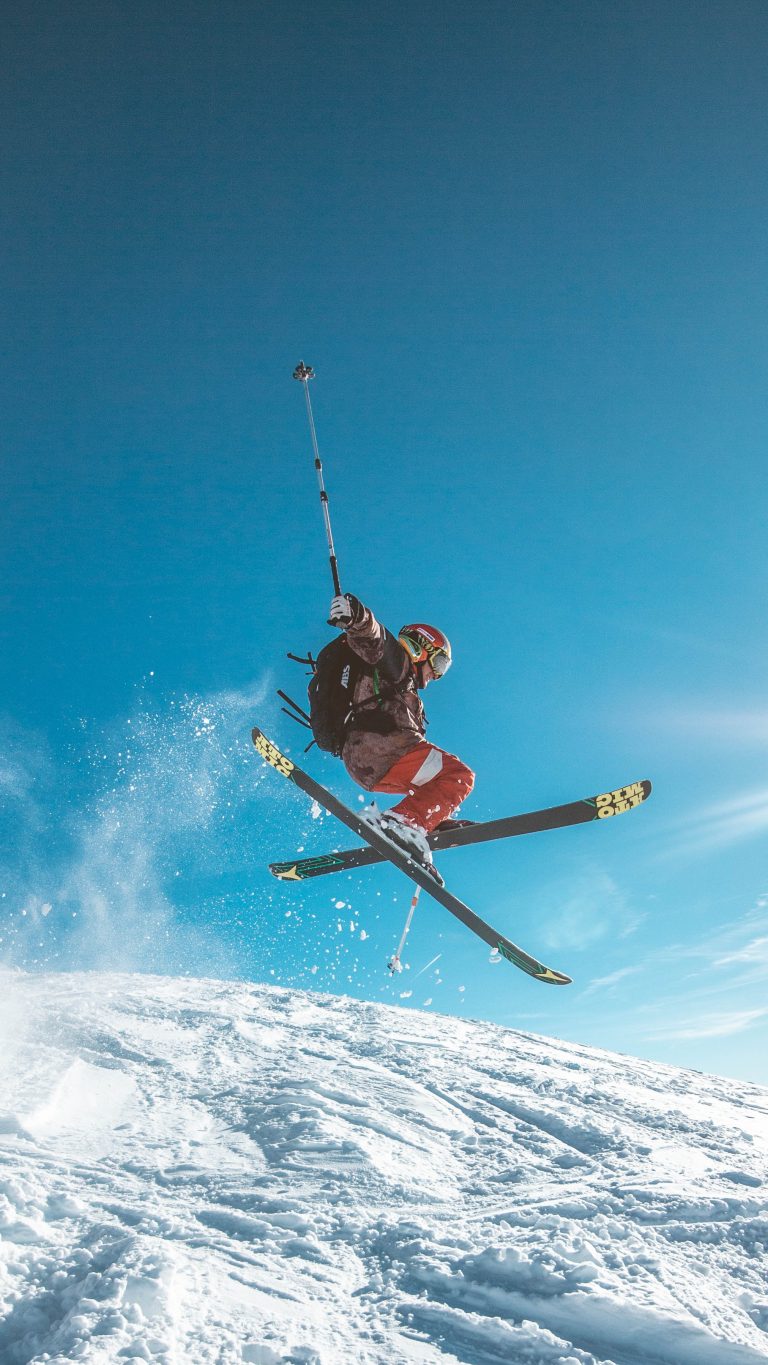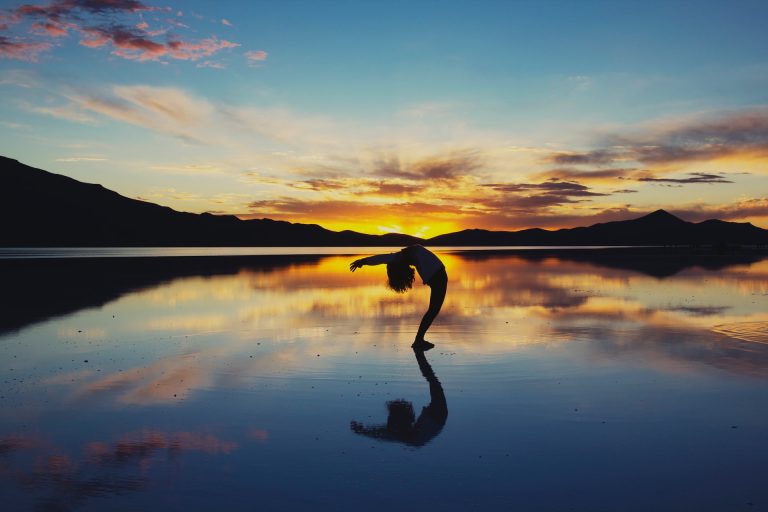Karate and the Importance of Breathing
Karate is a martial art that requires not only physical strength but also mental focus and control. One of the most important aspects of karate is proper breathing technique. In fact, breathing plays a significant role in karate practice and can have a direct impact on a practitioner’s performance.
Why is Breathing Important in Karate?
Breathing is important in karate for several reasons. Firstly, proper breathing allows for greater oxygenation of the muscles, which enhances their function and overall endurance. This can be especially beneficial during prolonged sparring sessions or competitions where energy levels can be rapidly depleted.
In addition, proper breathing can also help with mental focus and clarity. Karate requires intense concentration and attention to detail, and correct breathing techniques can help to calm the mind and improve focus. Proper breathing can also assist in maintaining emotional control, which is crucial in a martial art where self-discipline and self-control are highly valued.
The Different Breathing Techniques in Karate
There are several breathing techniques in karate, each with their own unique benefits. One of the most common breathing techniques is known as “IBUKI breathing.” This technique involves taking in quick and strong inhalations through the nose, followed by forceful exhalations through the mouth. This technique can help to focus the mind and increase oxygenation of the muscles.
Another technique is “MOKUSO breathing,” which involves slow and deep inhalations and exhalations. This technique is often used during meditation or before competitions to help calm the mind and sharpen focus.
Finally, “KIAI breathing” is another technique commonly used in karate. This technique involves a loud and forceful exhalation at the moment of impact during training or competition. The KIAI breath can help to release nervous tension and increase power output during strikes.
The Role of Breathing in Karate Training
Breathing techniques are an integral part of karate training. Practitioners are encouraged to focus on their breathing during each move and strike, which can help to increase their mental and physical endurance. Proper breathing techniques can also prevent the onset of muscle fatigue and ensure that energy levels remain high throughout training.
In addition, some karate instructors may incorporate breathing exercises as part of their warm-up or cool-down routines. These exercises can help to prepare the body for training and also aid in relaxation and recovery after a workout.
Conclusion
In conclusion, proper breathing techniques are essential for all karate practitioners. By incorporating different breathing methods into their training, practitioners can improve their physical performance, mental clarity, and emotional control. Proper breathing techniques can also help to prevent injury and ensure that energy levels remain optimal throughout training and competition. So breathe in, breathe out, and let your karate practice thrive.
The Importance of Breathing in Karate: Frequently Asked Questions
Karate is a martial art that requires immense concentration, control, and precision. The essence of this ancient art is the ability to use one’s body efficiently and effectively. The significance of breathing techniques in Karate is often overlooked, but it is a crucial aspect of mastering this art. In this blog, we will answer some of the most common questions about how breathing techniques can improve your Karate practice.
1. Why is proper breathing so important in Karate?
Breathing is crucial in any form of exercise, but in Karate, it has an even greater significance. Karate techniques require efficient use of energy and power. Proper breathing maximizes the amount of oxygen you take in, and this enables you to create and maintain a high level of physical activity. Inadequate breathing can lead to less oxygen to muscles, which can cause loss of energy and concentration. Correct breathing also promotes relaxation, which ensures that the energy is dedicated to the Karate techniques.
2. What is the difference between normal breathing and Karate Breathing?
Normal breathing is automatic and requires minimal effort, whereas Karate Breathing is conscious and is controlled through concentration. In Karate, breathing is used to enhance physical performance and mental focus. In contrast, normal breathing is intended only to meet the oxygen demands of the body. In Karate breathing, the inhale and exhale phases are prolonged, ensuring that the body reaches a deep state of relaxation, which leads to enhanced concentration and awareness.
3. What is the correct way to breathe in Karate?
Karate breathing technique involves deep inhalations through the nose and exhalations through the mouth. Inhalation should initiate from the diaphragm area, and exhalation should involve controlled exhalation of air from the mouth while focusing on a sound. Proper breathing can also be achieved through breathing at regular rhythms to increase energy and reduce any tension in the body.
4. How can breathing help in increasing power and control?
Power and control are central elements of Karate techniques. Proper breathing promotes relaxation and boosts concentration, which can enhance power and speed. By breathing correctly, you can attain a state of calmness and reduce your reaction time, thus increasing your reaction speed to your opponent’s moves. By focusing on proper breathing, you can promote muscular contractions that occur in rhythm, which can increase the force produced in each technique.
5. What role does breathing play in Karate Kata?
Karate Kata is a series of movements that are choreographed patterns and techniques that simulate a real-life combat situation. In Kata, breathing helps synchronize the movements and provide sufficient energy for each technique. Each movement is timed to match your breathing rhythm, and by inhaling and exhaling at the right moment, you ensure that the power is focused on the technique. Proper breathing also helps to maintain balance and posture, which is a vital element of Kata.
6. Can breathing help reduce stress and increase focus?
Karate training can be beautiful and fulfilling, but it can also cause stress and tension. Breathing exercises are used in Karate to promote relaxation and reduce anxiety. By focusing on the sound of breathing, the mind is diverted, and the Karate practitioner can concentrate better. The increase in mental concentration leads to a decrease in stress, and the ability to remain calm in combat situations is enhanced through regular practice.
7. How can breathing levels be increased?
Breathing levels can be increased through regular breathing exercises such as pranayama and yoga. These exercises involve conscious breathing techniques that improve lung capacity and promote relaxation. The diaphragm area can also be strengthened through proper breathing and strengthening exercises such as sit-ups, push-ups, and running.
8. How long does it take to master proper breathing techniques?
Like any other Karate technique, learning proper breathing techniques requires time, patience, and continuous practice. It is a lifelong practice that must be incorporated into a Karate practitioner’s daily routine. Beginners can start with simple breathing techniques while advanced practitioners can incorporate more complex breathing exercises into their practice.
Final Thoughts
In conclusion, proper breathing is a crucial aspect of Karate training. It is important to recognize that breathing is not just another technique used in Karate, but a fundamental element of the art. Incorporating proper breathing into your Karate practice can help you achieve balance, increase power and speed, enhance your performance, and reduce stress. With continuous practice and effort, proper breathing can help any Karate practitioner reach their full potential.
Inhaltsverzeichnis






